[WR]F.A.Q - Summer Hatches - Part 2
Posted by Logan Griffith & Nick Teynor on Jul 8th 2025
Sure, the Green Drakes and the Golden Stones, Salmonflies and other big hatches are fun, and can make moving fish on dry flies exciting and easier. In reality though, the bulk of our dry fly fishing depends on the more consistent hatches such as Caddis and Pale Morning Duns. These are the bugs that you will [hopefully] find on most every western trout water for most of the summer season. These hatches are more reliable, often prolific, and can bring fish to the surface feeding steadily for longer periods of time.
For me personally, it's the thought of a blanket PMD hatch on a cloudy afternoon, or the just-about-at-dark hot summer night Caddis fishing that gets me really excited to get out this time of year. While the rest of the world congregates on whatever river Salmonflies are still hatching on, I'll be walking a river and finding a trout tucked in to an interesting spot, feedily rythmically on PMD spinners or opportunisticaly grabbing Caddis. This is what it's all about for a lot of us around here. Show up, make your observations and make your casts count; this is the game we like to play.
Follow along in our latest Western Rivers Frequent Angling Questions or [WR]F.A.Q's as we dive in to Summer Hatches - Part 2.
1. When do we start seeing consistent hatches of PMD’s & Caddis?
In short, now! For the remainder of the Summer, the Caddis and the Pale Morning Dun (P.M.D.) Mayflies will drive the majority of our fishing throughout our local fisheries and across the west. Any given year, we will see our first showing of Caddis in May with what is commonly known as “Mother’s Day Caddis” after which there is typically a lull in hatches before we start to see our more consistent summer species. P.M.D’s will typically begin to emerge in early to mid June.
Since these hatches are driven by water temperatures, a lot of our timelines are dependent upon water levels. When high flows drop and stabilize after runoff conditions, get ready to see these hatches begin and gain momentum in the weeks following.
2. How long do these hatches last?
P.M.D. mayflies will hatch on our local tailwater fisheries through early September, and the Caddis will be active through September as well.
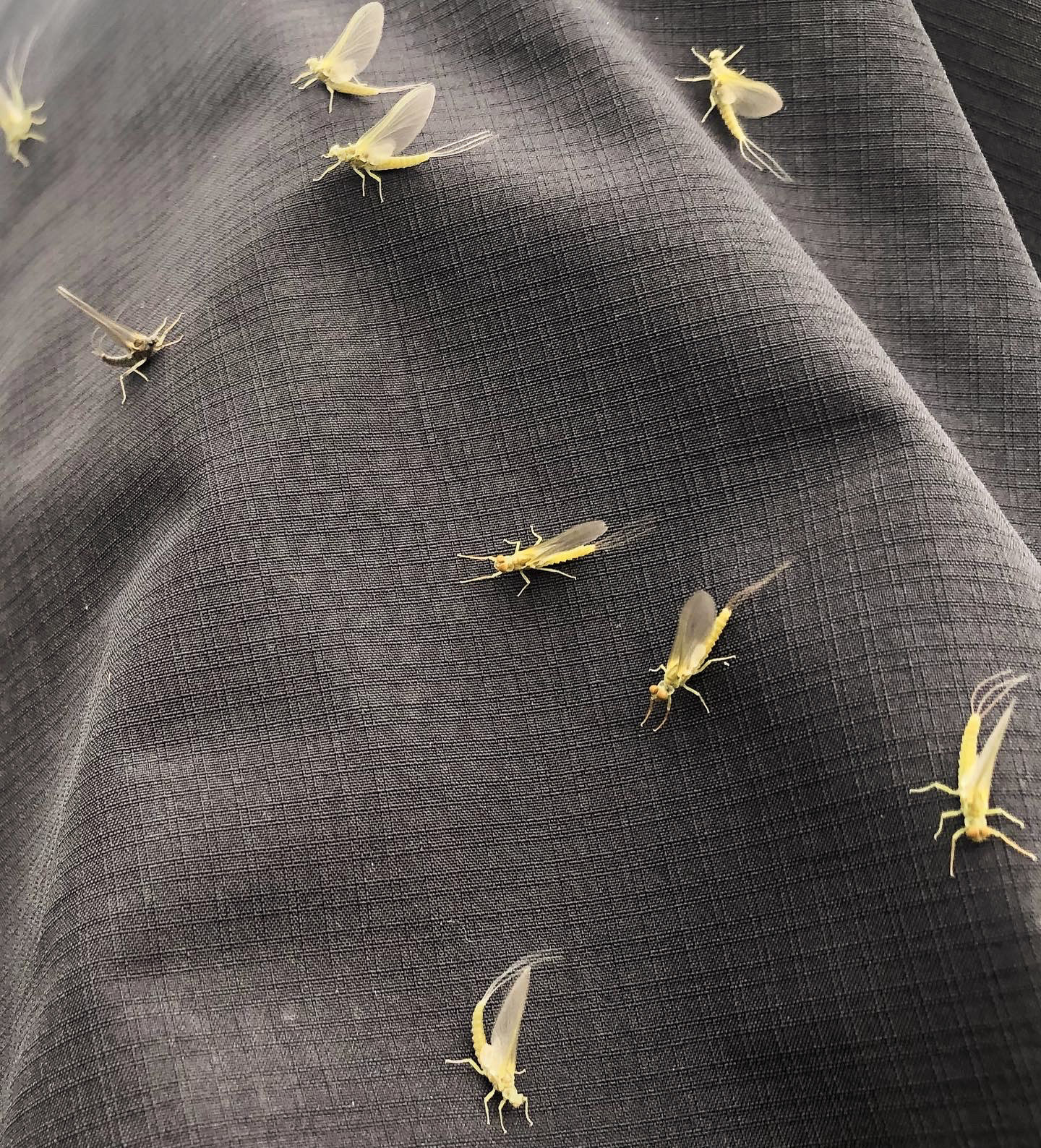
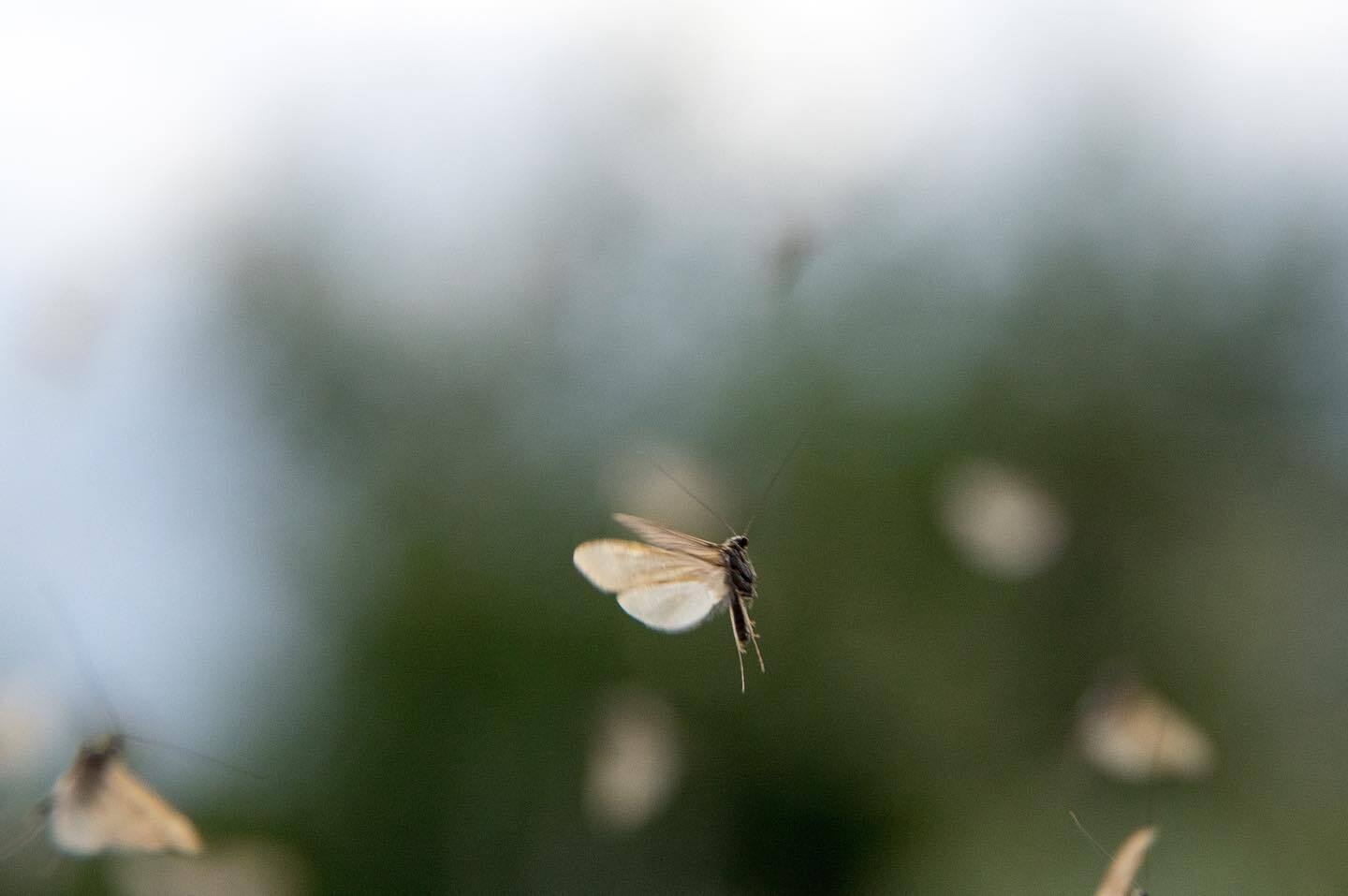
The fly box that lives in my vest all summer long is one half Caddis and one half PMD's. Emergers, Cripples, Adults, Soft Hackles: these bugs are likely a factor on most western waters so be prepared with a good selection of all life stages.
3. What kind of water do I look for these bugs in?
P.M.D. nymphs love slower riffles, river flats, pool tailouts, and thrive in fisheries that have some weed growth on the bottom (i.e. tailwaters and spring creeks). Caddis larvae also thrive in riffles, but do better in riffles with rocky structure and wood debris along the bottom to cling to.
4. How can I tell whether a fish is keyed in on this bug or that one?
If fish are up and rising on the surface, the simplest way to figure out what they could be eating is to watch the bugs in the air, on the water, and/or observe the rise forms of the trout. Mayflies have a very distinctive wing profile, and their wings look like an upright sail when floating down the river. Caddis adults have antennas, wings that fold over their backs like a triangle/tent, and caddis move much more erratically when crawling or flying around.
Typically when trout are eating mayflies the rise form is subtle, slow, and controlled. When trout are munching caddis, especially emerging caddis pupae, trout will rise with a splashy, aggressive rise-sometimes coming completely out of the water. Time of day can also help determine which insect species the fish are keyed in on too. Adult egg laying P.M.D. mayflies (i.e. spinners) will come back to the water in the mornings and evenings to lay their eggs, and the nymphs begin their transformation to a dun during the mid-morning through early afternoons.
Caddis adults will also come back to lay their eggs during the morning hours, but you can also find caddis emerging AND egg laying at the same time. Again, the best way to figure out what fish are keyed in on is to watch the water, and look for the right signs. If you see adult caddis on the water skittering around, and fish are rising aggressively, it’s a good idea to fish an adult caddis pattern. If you show up in the late-afternoon/evening, there are no bugs on the water, but there are fish rising aggressively-it’s a good bet that the fish are hitting caddis pupae as they head to the surface to emerge.
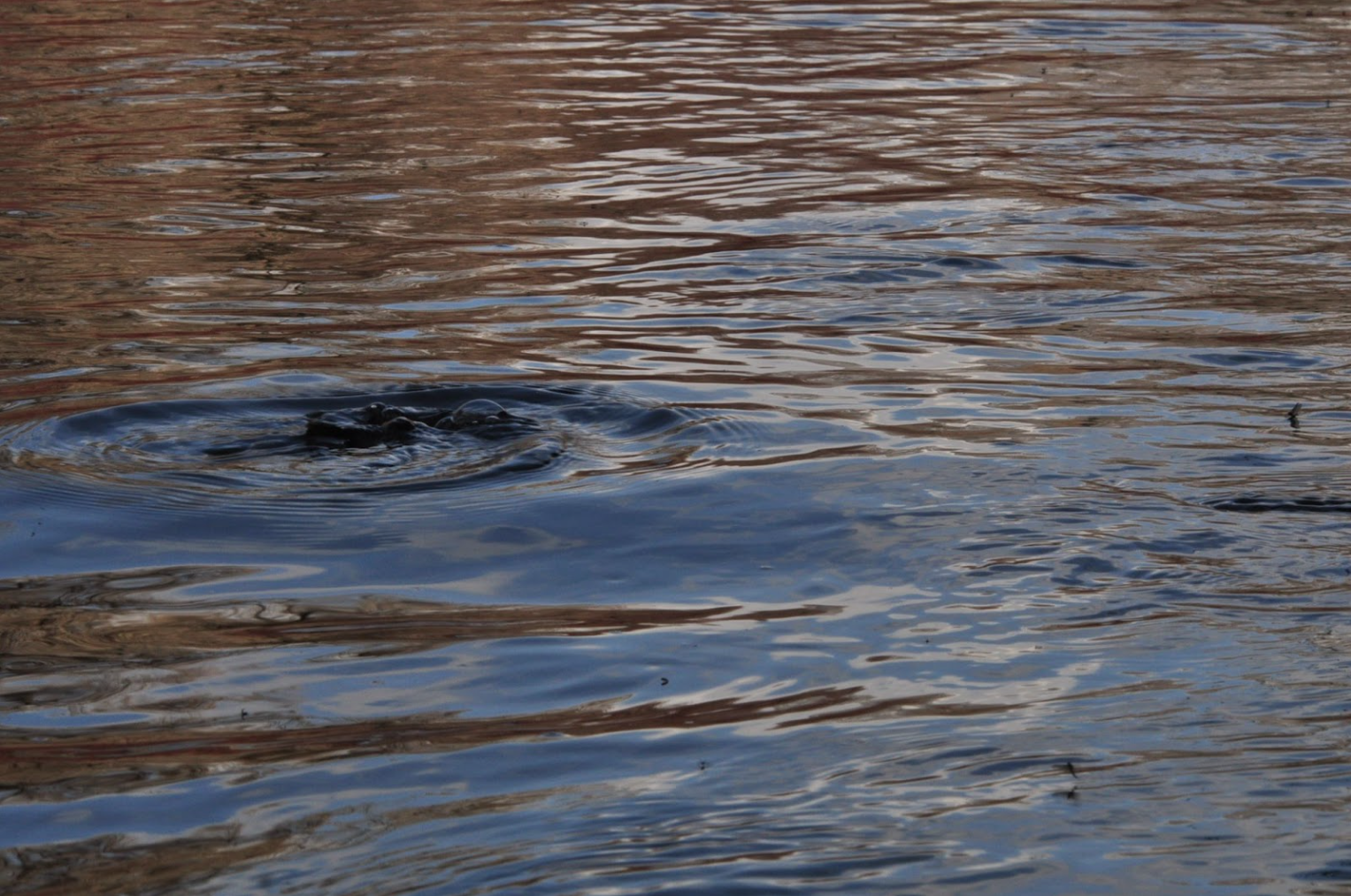
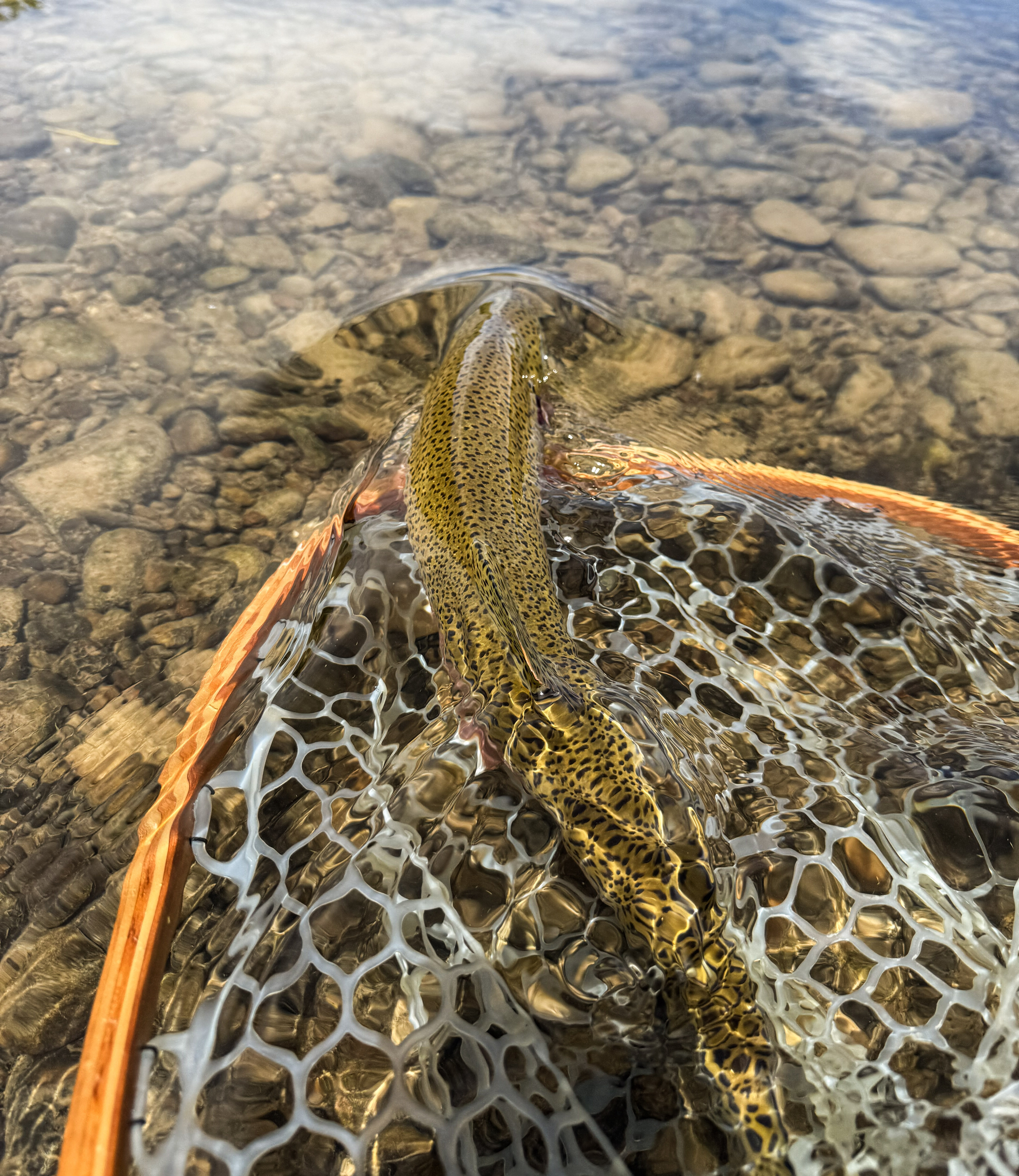
Sip or splash? With all of these insects often on the water at once; the information you seek is often found in the rise form. Watch your fish before making your fly selection and make your first casts count.
5. What weather conditions favor Mayfly hatches vs. Caddis hatches?
Mayflies typically hatch best when the weather is cool, cloudy, and there’s a chance of rain. Caddis, on the other hand, typically prefer warmer weather, as they need the heat of the sun to get them warmed up to be active. However, one thing that helps fishing during both of these hatches is some clouds. Clouds keep the mayflies and caddis on the water longer, as they need the heat of the sun to dry their wings, and it makes the fish feel less exposed to predators. As a result, the fish will feed off the surface for a longer period of time, and typically eat your fly with more confidence-assuming you picked the right one!
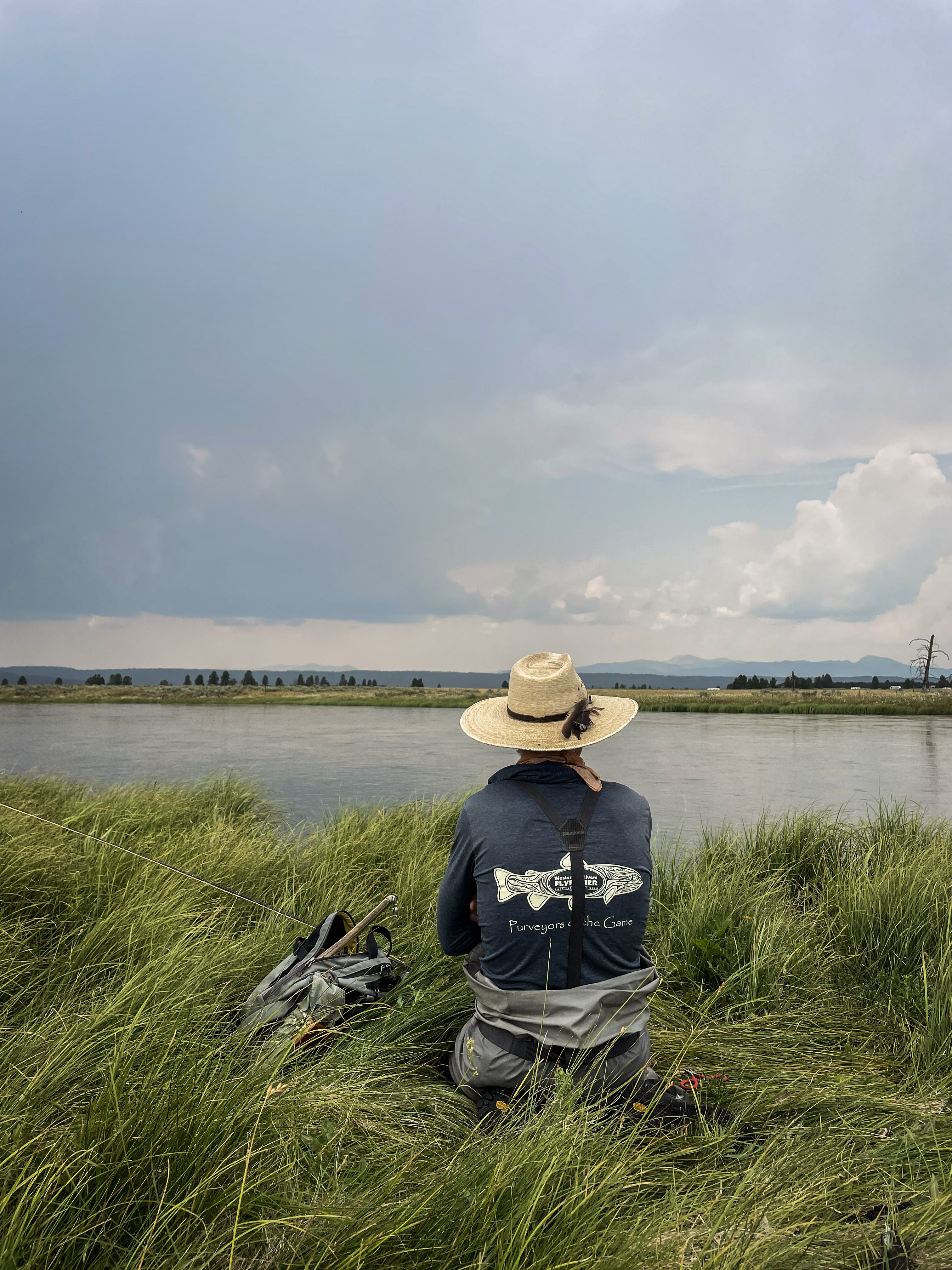

Schmidt waits patiently on the bank on a cloudy afternoon, hoping that the bugs erupt. Cloud cover and afternoon storm systems can kick off prolific mayfly emergences. Right Photo: Steve Schmidt
6. Are all Caddis created equal? What about PMD’s?
Actually, there are many species of Caddis and it’s likely there could be multiple species hatching on a piece of water at any given time. The “Hydropsyche” or Spotted Sedge, a free living caddis larva, is one of the most common summer caddis species and really drives a lot of our western trout fishing. This bug is can be sized anywhere from #10-#16 and has a tan or brown body. The “Amiocentrus Aspilus”, or Little Weedy Water Western Sedge is another important caddis species to be prepared for on our local waterways. It’s a size #16-#22 with a dark body and becomes a factor later in the summer. The American Grannom, a case-maker more commonly known as the Mother’s Day Caddis is an early and late season bug typically sized #18-#20 and dark bodied.
PMD’s, on the other hand, are fairly cut and dry. For all intents and purposes, the main thing to concern yourself with is size. When the hatches begin the bugs are typically larger #16 and will progressively get smaller #18-#20 as the hatch progresses through the summer. Occasionally, you’ll find these bugs can vary in color from Yellow to tan or even pink.
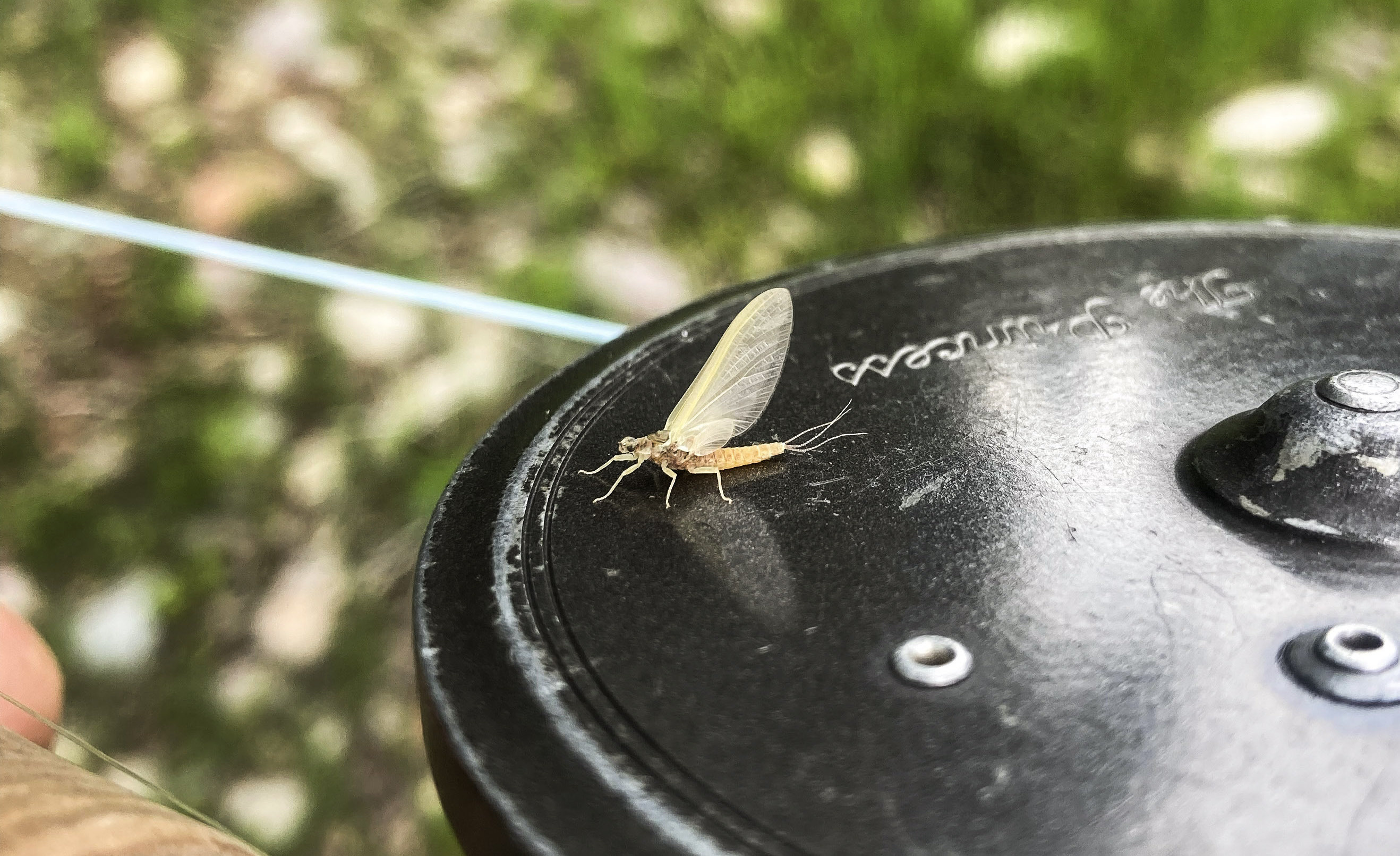
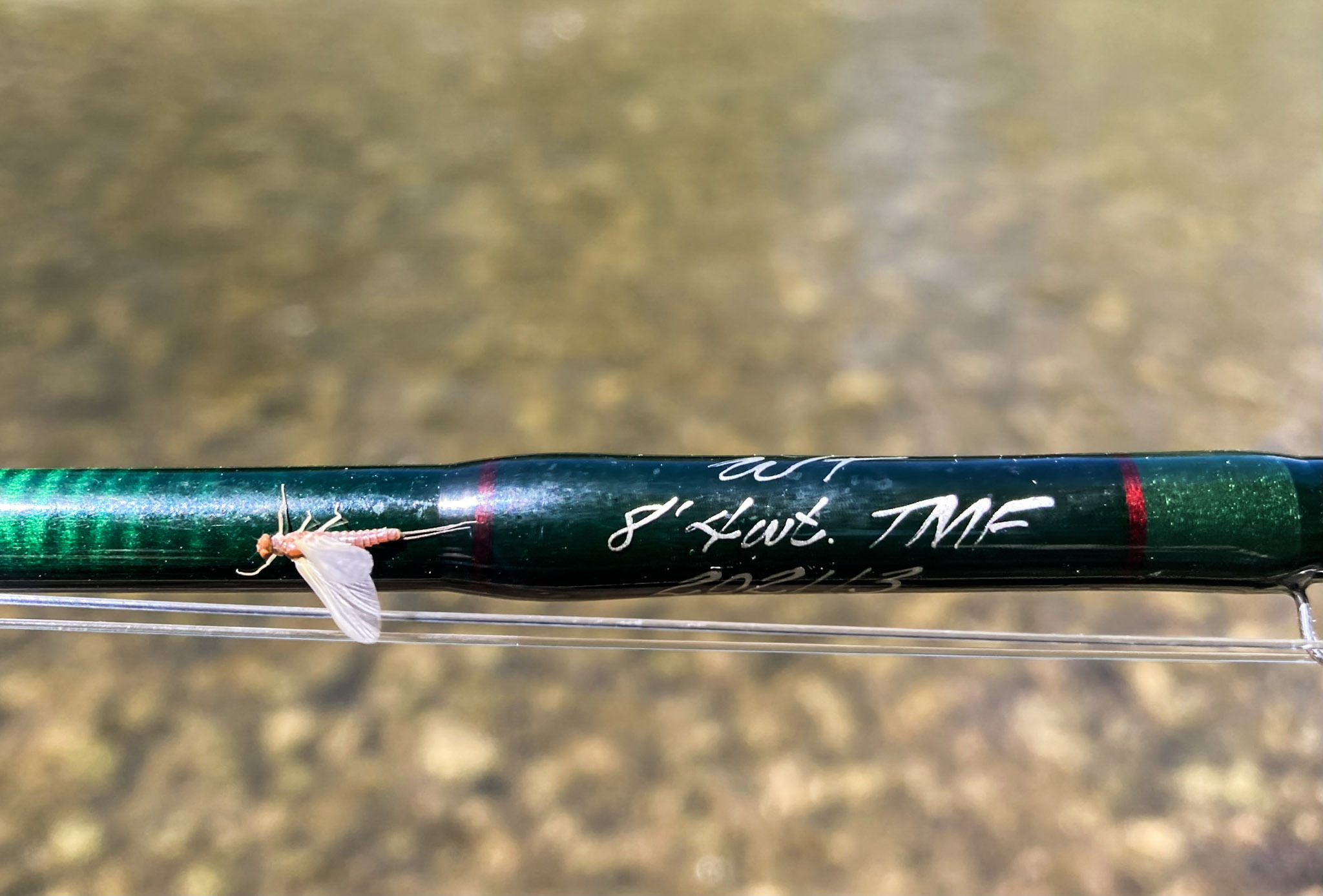
Pictured above are two P.M.D Duns from the same river. The bug on the left is a more typical pale yellow whereas the bug on the right has taken on a more pink hue.
7. How do I choose a fly pattern for representing these hatches?
For all intents and purposes, when it comes to choosing a caddis, we can simplify our selections of the various species down to Large/Light bodied, Large/Dark bodied, Small/Light bodied, Small/Dark bodied. Their life cycle consists of an egg, larva, pupa and adult. Depending on the time of day, emergers, adults or “spent" (i.e. egg laying representations) may do the trick. Some favorites include EZ Caddis, Spent Partridge, Hi-Vis Spent Caddis, X-Caddis & the Hemingway.
PMD’s are crawler nymphs and patterns representing them as nymphs, emergers, cripples, duns and spinners are all relevant. Having a variety of these patterns is vital as trout will often key into one specific stage of their lives to feed on during an emergence. Some shop favorites include the CDC Thorax, Sparkle Dun, Winger, Spent Rusty Spinner, Last Chance Cripple, Timmy PMD and Split Case PMD.
For all insects, swinging soft hackle flies before or after the hatch can be an extremely fun and effective way of prospecting for fish starting to or still keying on a bug. Effective patterns include the Pheasant Tail Soft Hackle, Partridge & Green/Orange/Yellow & the March Brown Spider.
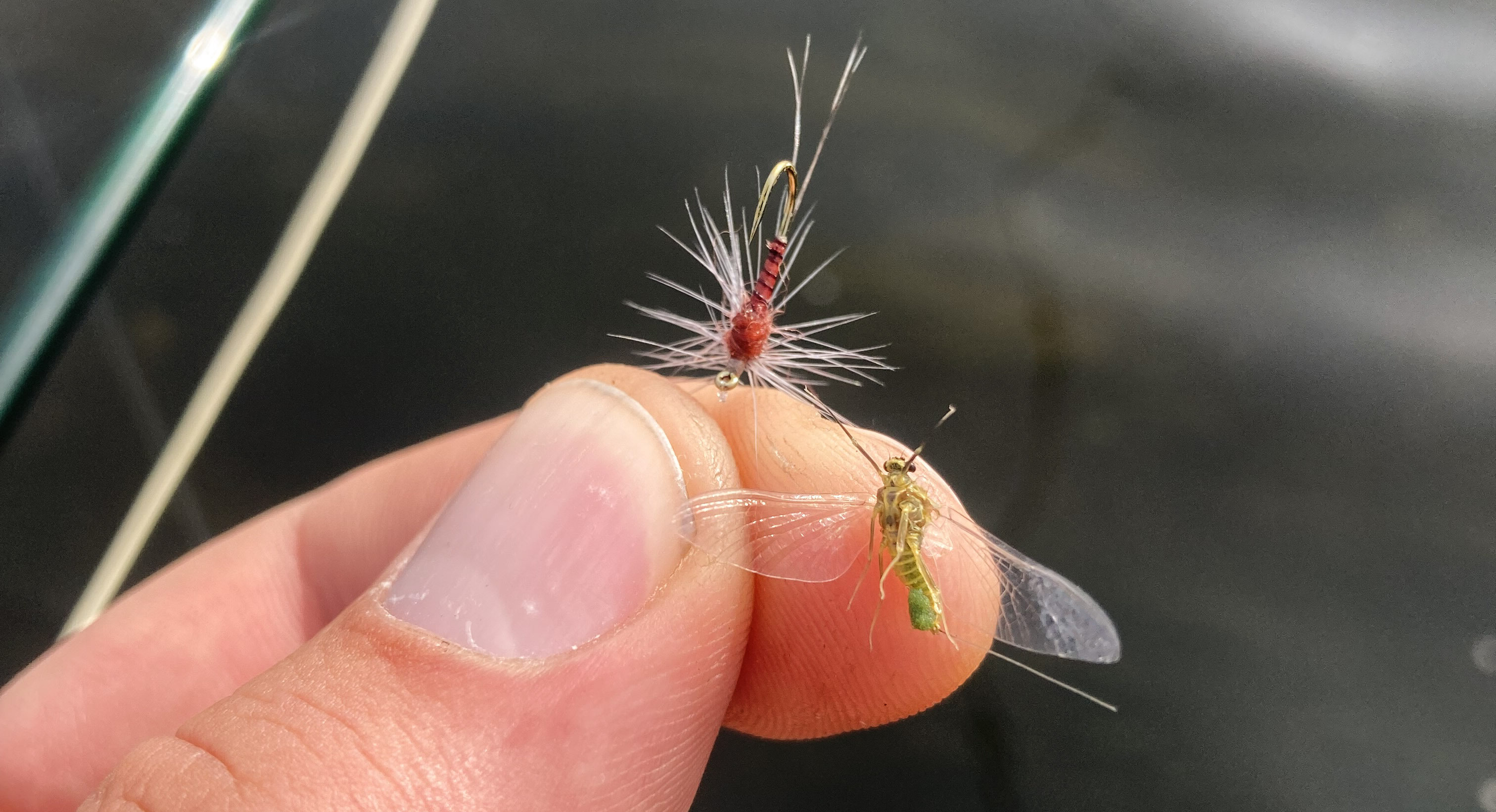
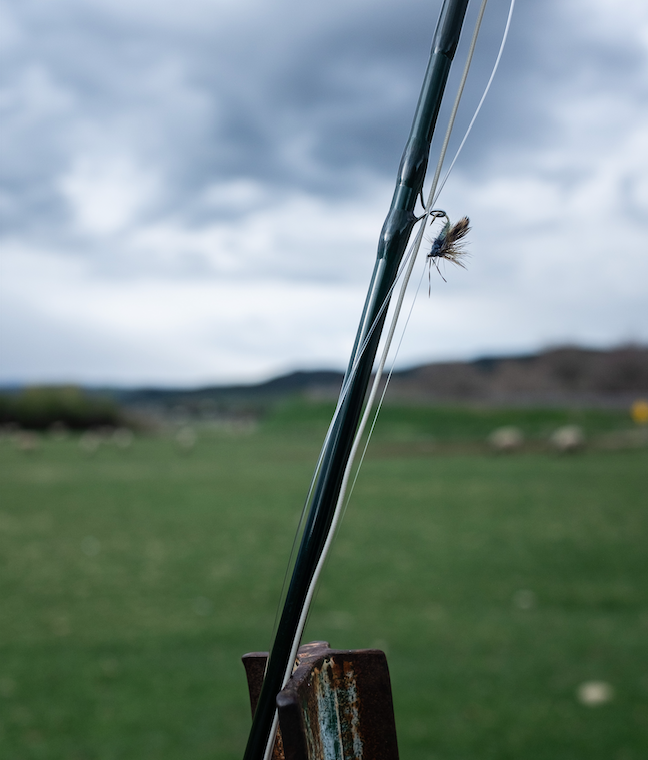
Male PMD & Mayfly spinners return to the water with rust colored bodies whereas the females maintain their yellow or green bodies. As indicated in this photo, it might be time to change patterns from ol' trusty rusty to a green spinner pattern. The insect pictured above is actually a Flavilinea, another mayfly species that is relevant on other western waters though not so much in Utah.
8. What size leaders & tippet should I bring fishing?
Caddis and P.M.D. mayfly hatches last significantly longer than other aquatic insects, and as a result trout are hooked more often on these patterns, and can become incredibly picky at times. My go to leader for Summer fishing in Utah is a 7.5’-9’ 4X leader, which allows me to effectively fish flies as large as a #12, but I always carry 4X-6X tippets so I can taper down and fish #18 or #20 flies if the conditions call for it. If I’m fishing fast, broken currents, first light/last light, or the water is off-color-I’ll go with a 4X tippet so I can get the fish in faster. If I’m fishing slower currents, clearer water, and during brighter light conditions, I’ll drop down my tippet size off my leader-especially if the fish are refusing my fly! Safe guideline to adhere to is to use 5X tippet for flies #14-#16, and 6X tippet for flies #18-#20.
For a more in-depth dive in to the gear we like for fishing dry flies and chasing hatches around the west, check out our
Summer Hatches Gear Guide HERE!
Stay tuned for more of these features which seek to highlight and de-mystify some of our favorite angling opportunities each year across the local waters as well as techniques, gear and other parts of the game. And as always, stop by to chat, share stories and pick our brains any time! Coffee is on!


![[WR]F.A.Q - Summer Hatches - Part 2 [WR]F.A.Q - Summer Hatches - Part 2](https://cdn11.bigcommerce.com/s-8uk8w4kj9b/images/stencil/460x250/uploaded_images/screen-shot-2025-07-08-at-4.10.55-pm.png?t=1752077725)

